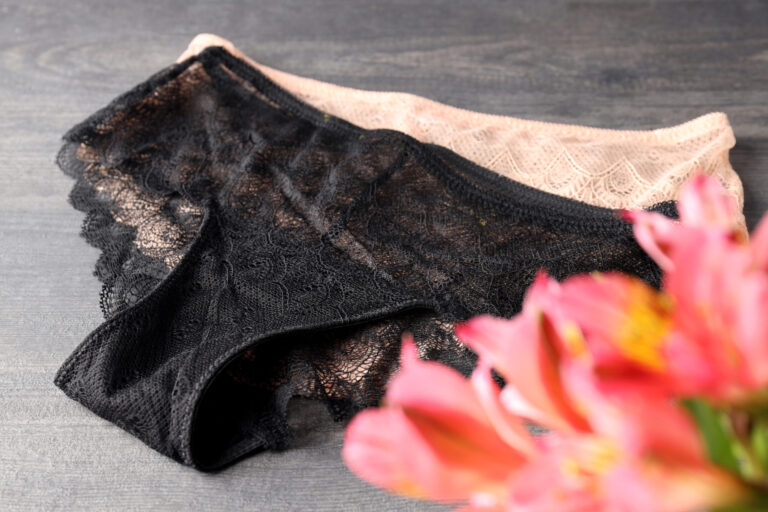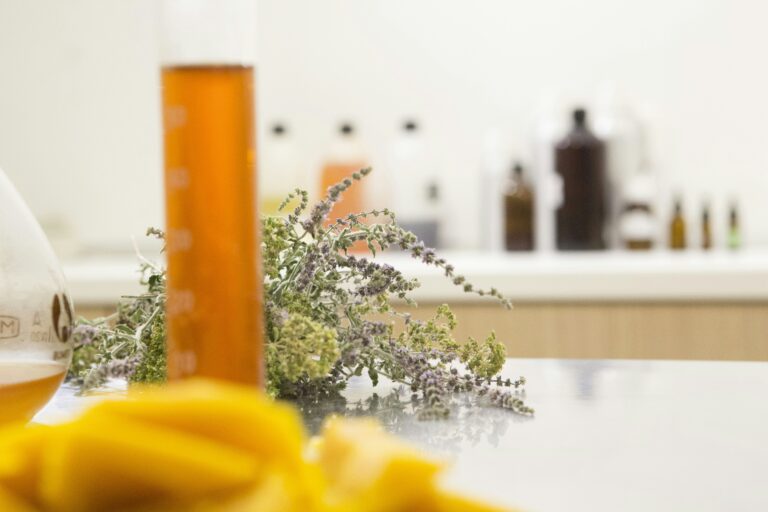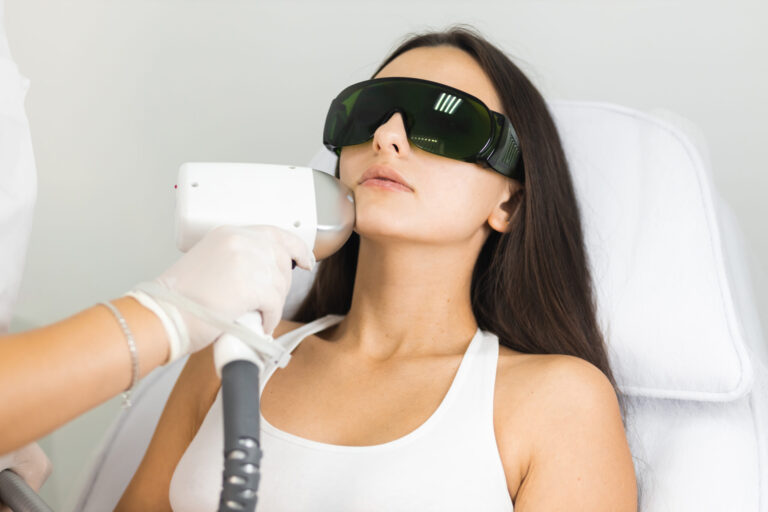The short answer is yes. If you get overspray on your vehicle and do not catch it fast enough to clean it while it is still wet, you can use acetone. If you can wash to the overspray while it is still wet, you can do so easily with a soft damp cloth. However, while you are working, it is difficult to see where there is overspray. You commonly won’t notice until you are finished working. With overspray being a thin coating, it will dry quickly.
Acetone is the active ingredient in nail polish, among other products. It is a colorless liquid with a strong odor, also known as Propanone. It is used primarily in the manufacturing of industrial products, including plastic. Its ability to remove overspray is similar to its ability to remove nail polish. It breaks down the paint so that it can be wiped away with a soft cloth. The more overspray there is, the more work it will take to remove it with acetone.
Similarly to cleaning off nail polish, if the paint is thick or more than spots, the acetone will first cause the paint to smear as you wipe over it. The more you rub it in a circular motion, the more the paint will come loose and adhere to the cloth you are using. You cannot keep reusing the same fabric or the same area of the cloth because the paint on the fabric is loose and will continue to smudge on the surface of the vehicle.
While the smell is strong, it quickly evaporated, making it relatively safe to use. According to the U.S. Occupational Safety and Health Administration, prolonged exposure to acetone can cause a sore throat and agitation, causing cough. It is essential to use it in a well-ventilated area.
It is important not to pour the acetone onto the vehicle or to scrub the areas of overspray. Doing either can damage the finish on the car. If it is a large area of overspray, removing it with acetone is going to be a time consuming and frustrating process. Some companies provide paint overspray removal services that can get the entire surface area cleaned and polished in a fraction of the time it would take you.
Acetone is most beneficial because it will not scratch the finish of your vehicle, and you do not need to scrub to get the paint off. You should not scrub as that is when you can cause damage. Acetone will also work on glass and plastic if the overspray is on your windows or mirrors.
Another benefit of acetone is that it is inexpensive. You do not have to spend a lot of money, and you do not need to use a lot. Although the amount you need will depend on the amount of overspray, a small amount of acetone will go along way in removing paint from your vehicle.
If you are concerned about the amount of overspray or the finish on your vehicle, it is best to take it to a professional to have it cleaned. Damaging the finish on your car can be highly expensive to fix and far more complicated than washing away paint overspray. Taking extra precautions is never a bad idea.
Ideally, you can avoid getting overspray on your car’s finish by carefully prepping the vehicle before painting, ensuring that all areas you do not want to be painted are covered. However, that is not always possible, and accidents happen. The important thing is not to panic and know that you did not ruin your car’s finish.
Dealing with overspray on your vehicle can be a frustrating experience, but knowing how to effectively remove it can save you time and hassle:
Rocksalt Plum – 3 Tips for Converting a Property Into a Church: Just as converting a property into a church requires careful planning and attention to detail, effectively removing overspray from your vehicle demands the right tools and techniques. Exploring informative articles like this one can provide valuable insights and strategies for tackling challenging tasks with confidence and efficiency.
Rocksalt Plum – What Should You Wear When Playing Different Sports: Understanding the importance of appropriate attire in various sports contexts underscores the need for precision and care when handling automotive maintenance tasks. Just as wearing the right gear enhances performance and safety in sports, using the correct products and methods ensures optimal results when removing overspray from your vehicle’s finish.
Rocksalt Plum – The History of the Bidet: Exploring the historical origins of the bidet sheds light on the evolution of hygiene practices and technological innovations over time. Similarly, understanding the chemical properties and uses of acetone provides valuable insights into its effectiveness as a solvent for removing overspray from automotive surfaces, enriching your knowledge and approach to vehicle maintenance.
Rocksalt Plum – 3 Ways to Help a Loved One Who Is Incarcerated: Just as providing support and assistance to incarcerated loved ones requires empathy and understanding, effectively removing overspray from your vehicle demands patience and attention to detail. Leveraging practical tips and resources from insightful articles like this one can empower you to navigate challenging situations with grace and resilience, both on and off the road.
Rocksalt Plum – Tips for Building a Mountain Home in North Carolina: Much like constructing a mountain home demands careful planning and preparation, effectively removing overspray from your vehicle requires diligence and attention to detail. Exploring informative articles like this one can provide valuable insights and strategies for achieving successful outcomes in automotive maintenance tasks, ensuring that your vehicle remains in pristine condition for years to come.
By incorporating these insights and strategies into your approach to removing overspray from your vehicle, you can tackle the task with confidence and efficiency, ensuring that your vehicle’s finish remains pristine and protected.






























